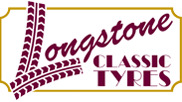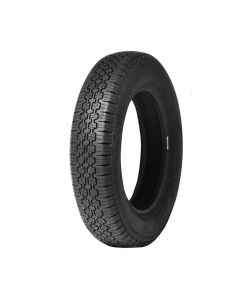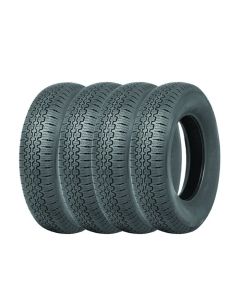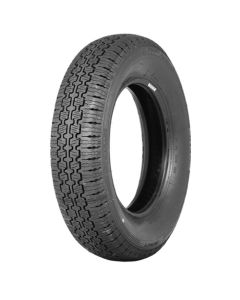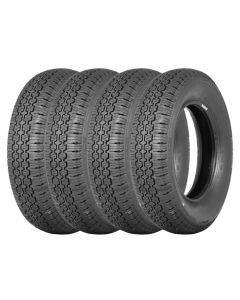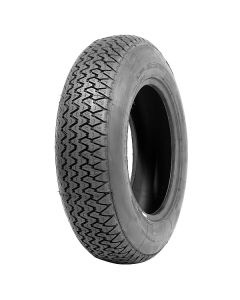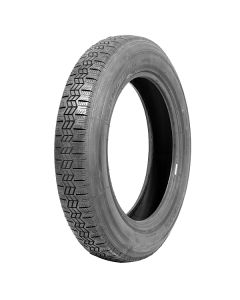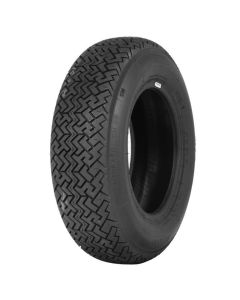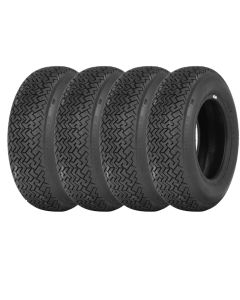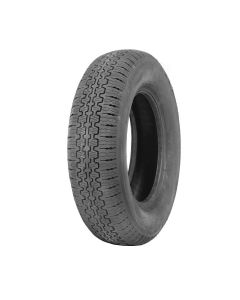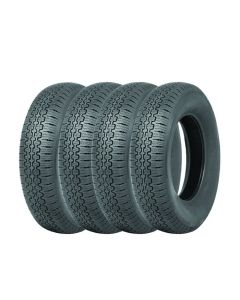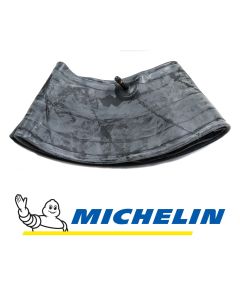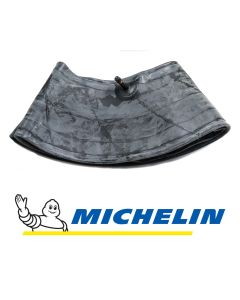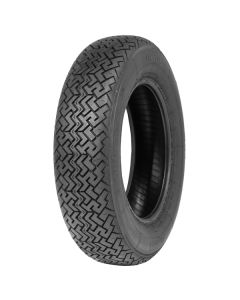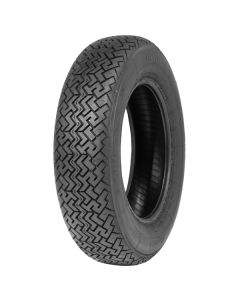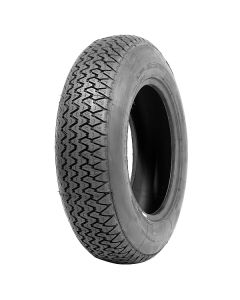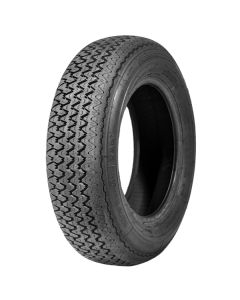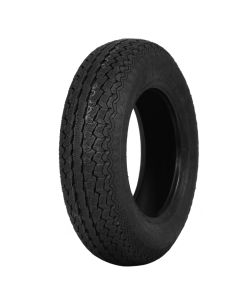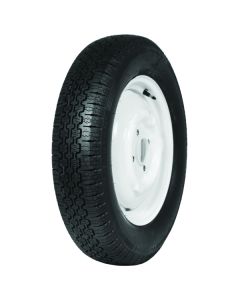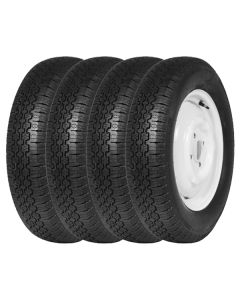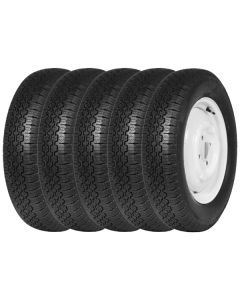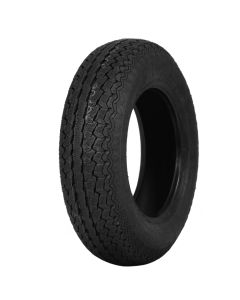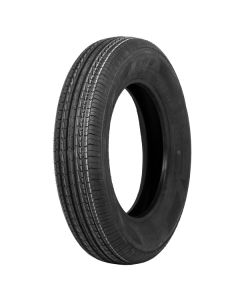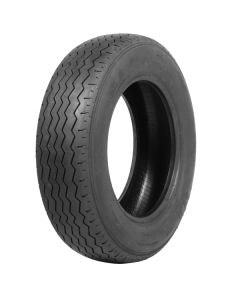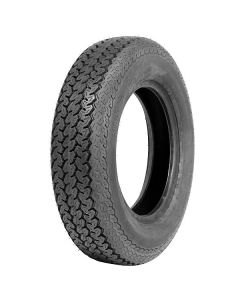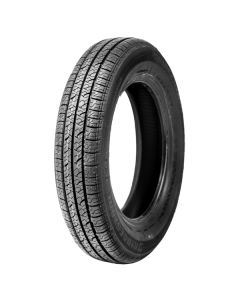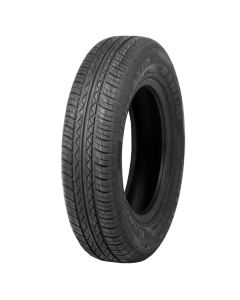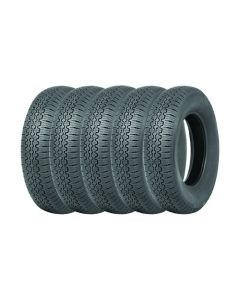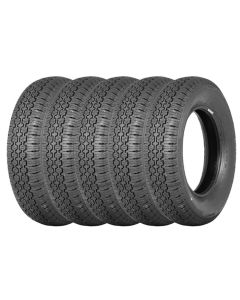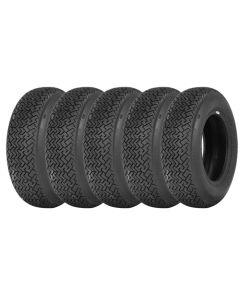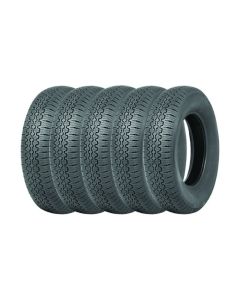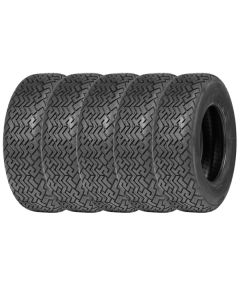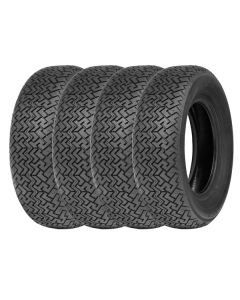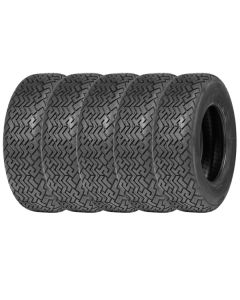Elva Courier Tyres
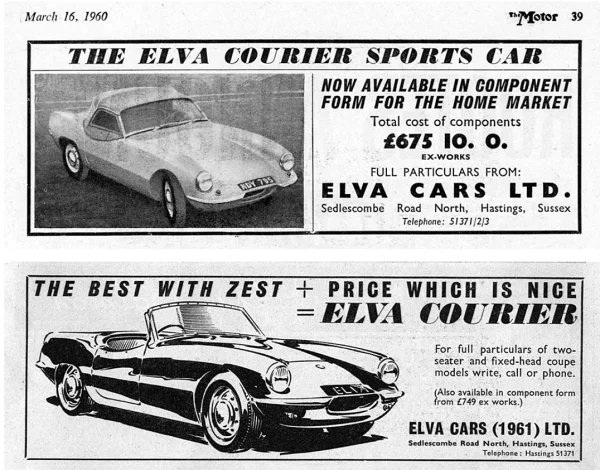
Mk1 Elva Courier Period Adverts
Elva Courier 1958–1968
Elva Courier Mk1 & Mk2 Tyres (1958–1962)
- The Elva Courier Mk1 and Mk2 originally fitted 5.20 x 14 crossply tyres on 14" rims. We have crossply tyres available in this size, but we recommend switching to 145 R14 radial tyres.
- For these 14" wheels, we recommend the 145 HR 14 PIRELLI CINTURATO CA67 as the best radial alternative.
- The ideal innertube for 145 R14 tyres is the Michelin 14D innertube.
Note: Mk2 cars typically had 3.5" pierced rims, although some 1958 cars had two plain 3" rims and two pierced 3.5" rims – period photos suggest the plain centres were common.

1963 Elva Courier
Elva Courier Mk3 Tyres (1963–1965)
- 13" rims were first introduced on the Elva Courier Trojan Mk3 base model of 1963, which were supplied with 5.60 x 13 crossply tyres, with optional 14" wheels and 5.60 x 14 tyres, or 155 R14 radial tyres.
- The only crossply still available in 5.60 x 13 is the 5.60 x 13 Camac, a budget option with limited performance.
- For Mk3 cars running 13" wheels, the perfect radial alternative for light, nimble steering is the 155R13 PIRELLI CINTURATO CA67 or the 155 HR 13 Michelin XAS FF.
- If you wanted slightly more rubber on the road, you could move to 165 R13 tyres and fit the 165R13 PIRELLI CINTURATO CN36.
- The best innertube for 155 R13 and 165 R13 tyres is the Michelin 13D innertube.
- For Mk3 Elva Courier on 155 R14 tyres we suggest the 155 TR 14 Michelin X, however moving up slightly to 165 R14 tyres, allows for the fitment of the fantastic 165 HR 14 PIRELLI CINTURATO CA67, which offers greater performance.
- The ideal innertube for 155 R14 and 165 R14 tyres is the Michelin 14D innertube.
Elva Courier Mk4 & T-Type Tyres (1966–1968)
- The later Elva Mk4 Courier and Elva Courier T-Type originally fitted 560 - 14 crossply tyres.
- There are no quality crossply tyres currently made in this size. We suggest 165 HR 14 PIRELLI CINTURATO CA67 tyres as the best choice.
- The best innertube for 165 R14 tyres is the Michelin 14D innertube.
Elva Courier Tyre Pressures
- Elva Courier tyre pressure – 24psi front, 16psi rear.
History of Elva Courier
The Elva Courier was a Frank Nichols vehicle that was built from 1958 to 1961 for racing before being sold to Trojan in 1962. It was a superb handling car with outstanding performance and minimal weight for a reasonable price. The primary road car, released in 1958, was called the Courier, and it went through a number of changes during the company's life. Initially, all automobiles were exported, with domestic sales not beginning until 1960. Mark Donohue's earliest racing triumphs were in an Elva Courier, winning the SCCA F Prod Championship in 1960 and the SCCA E Prod Championship in 1961.
The Mk 1 was powered by a 1500cc MGA or Riley 1.5 litre engine housed in a ladder chassis with Elva-designed independent front suspension. The engine was placed far back in the chassis to aid with weight distribution, which resulted in outstanding handling but encroached on the cockpit, making the car seem a touch claustrophobic. The lightweight 2-seater open glass-fibre bodywork was mounted on the chassis. It was sold as a full automobile in the United States and Europe, and as a kit in the United Kingdom. After roughly 50 vehicles were built, it was updated to the Mk II, which was the same car but with a unique curved glass windscreen that replaced the original flat-glass split type and the bigger 1600 cc MGA engine.
Approximately 400 Mk I and IIs were produced. Trojan purchased the rights to the Elva Courier in 1962, and manufacture was relocated to the main Trojan facility in Purley Way, Croydon, Surrey. Press reported the following competition: "Elva Courier manufacturing rights have been sold to Lambretta-Trojan in England. F-Jr Elva and Mark IV sports cars will continue to be built by Frank Nichols as in the past."
With the Trojan takeover, the Mk III was debuted in 1962 and offered as a complete vehicle. On the domestic market, a full automobile costs £965, while a kit version costs £716. The chassis was now a box frame moulded into the body. Triumph rack and pinion steering and front suspension were harmonised. The body was also offered as a closed coupé with a reverse slope Ford Anglia style rear window or as a fastback. "Elva Courier Mk IV" was presented at the London Show in fall 1962. The new coupe sports an all-independent suspension, a fibreglass body, and an MG engine. Mk III Couriers were also exhibited.
Previously equipped with MG-A engines, the new models will be fitted with 1800cc MG-B engines." Later, the Ford Cortina GT model became available. The final version, the fixed head coupé Mk IV T type, was powered by Lotus twin-cam engines and featured a body that had been altered to provide extra internal space. It was available with fully independent suspension and four-wheel disc brakes. There were 210 manufactured.
The Elva Courier was purchased from Trojan by Ken Sheppard Customised Sports Cars of Shenley, Hertfordshire in 1965, but manufacture halted in 1968.
